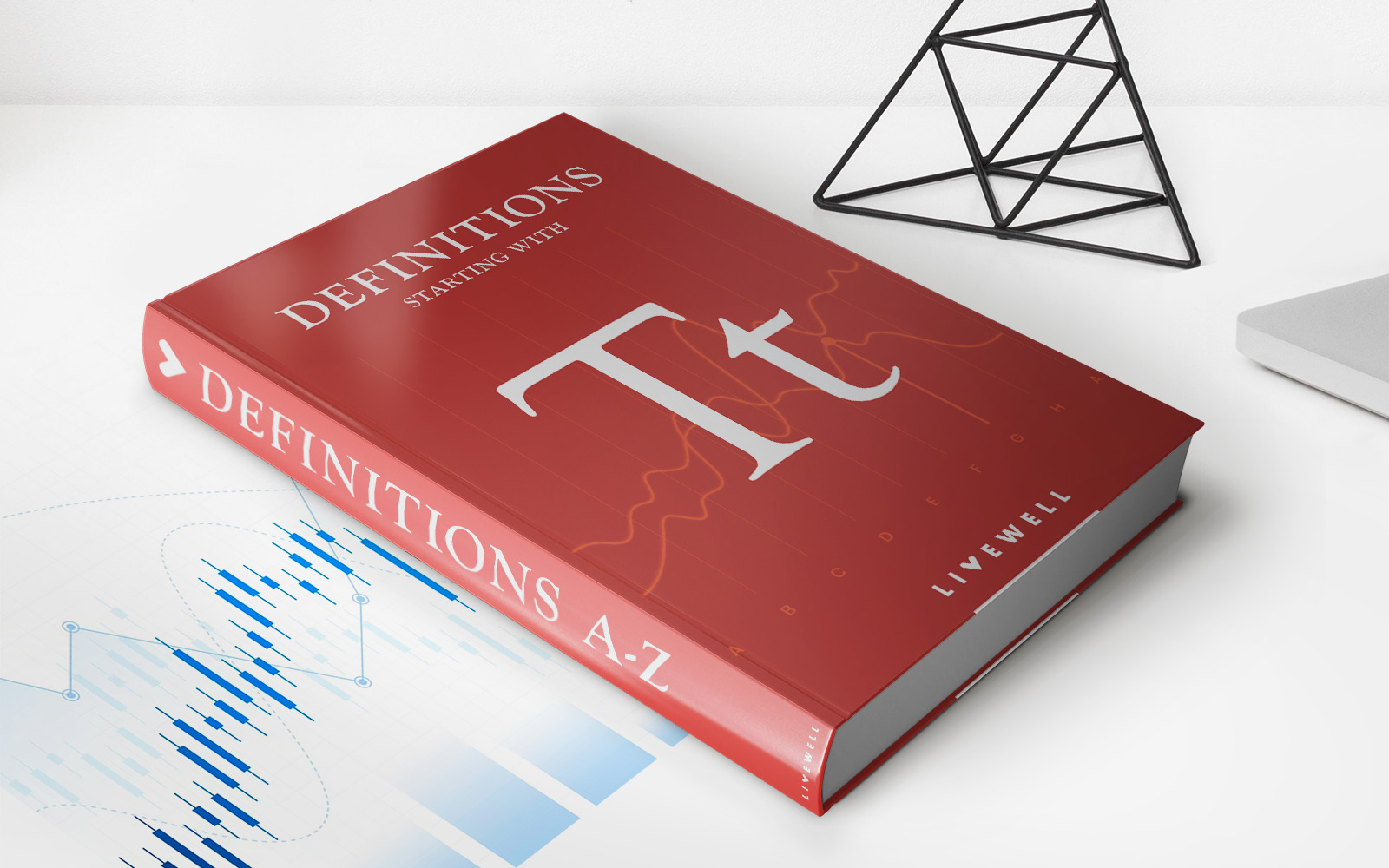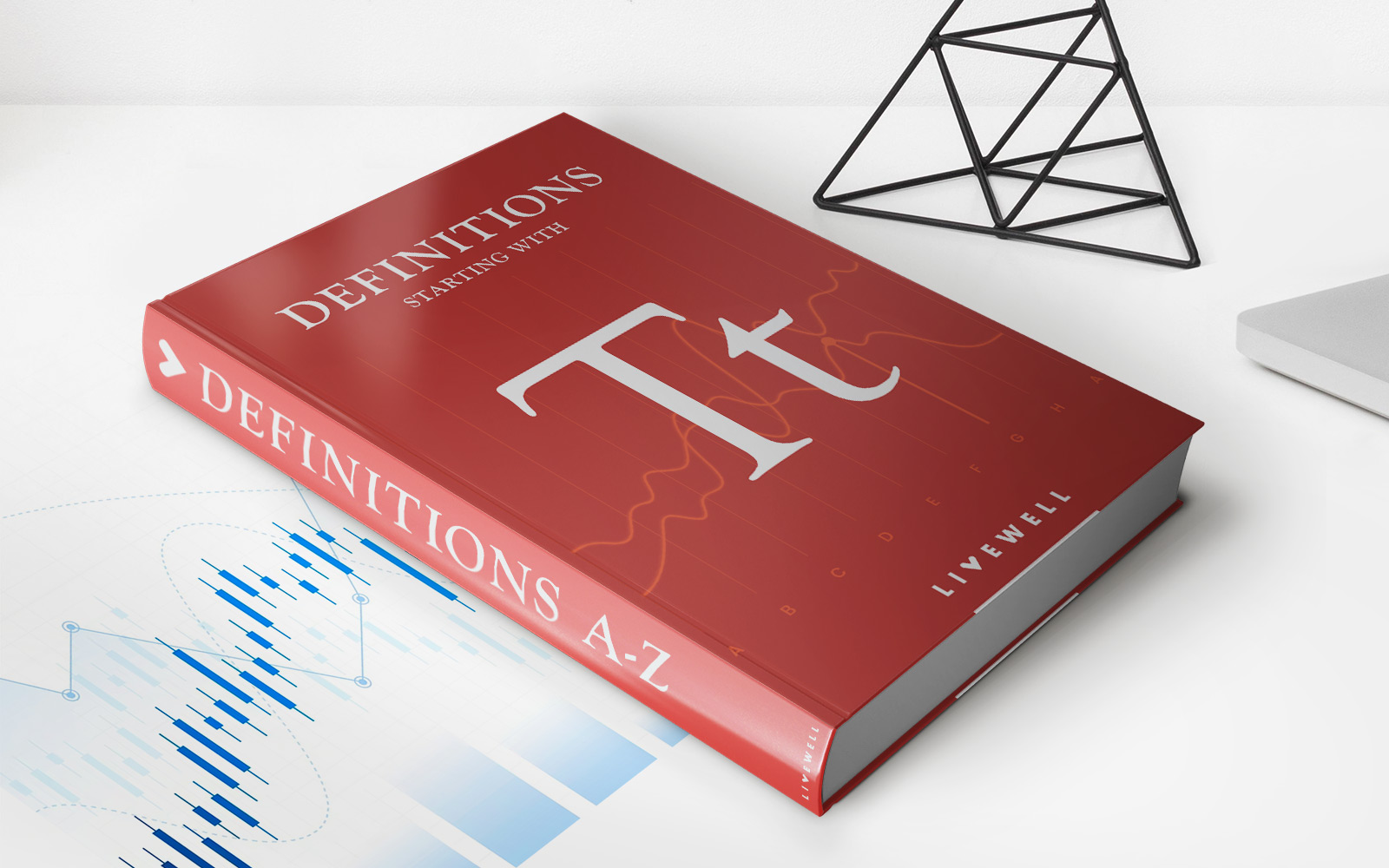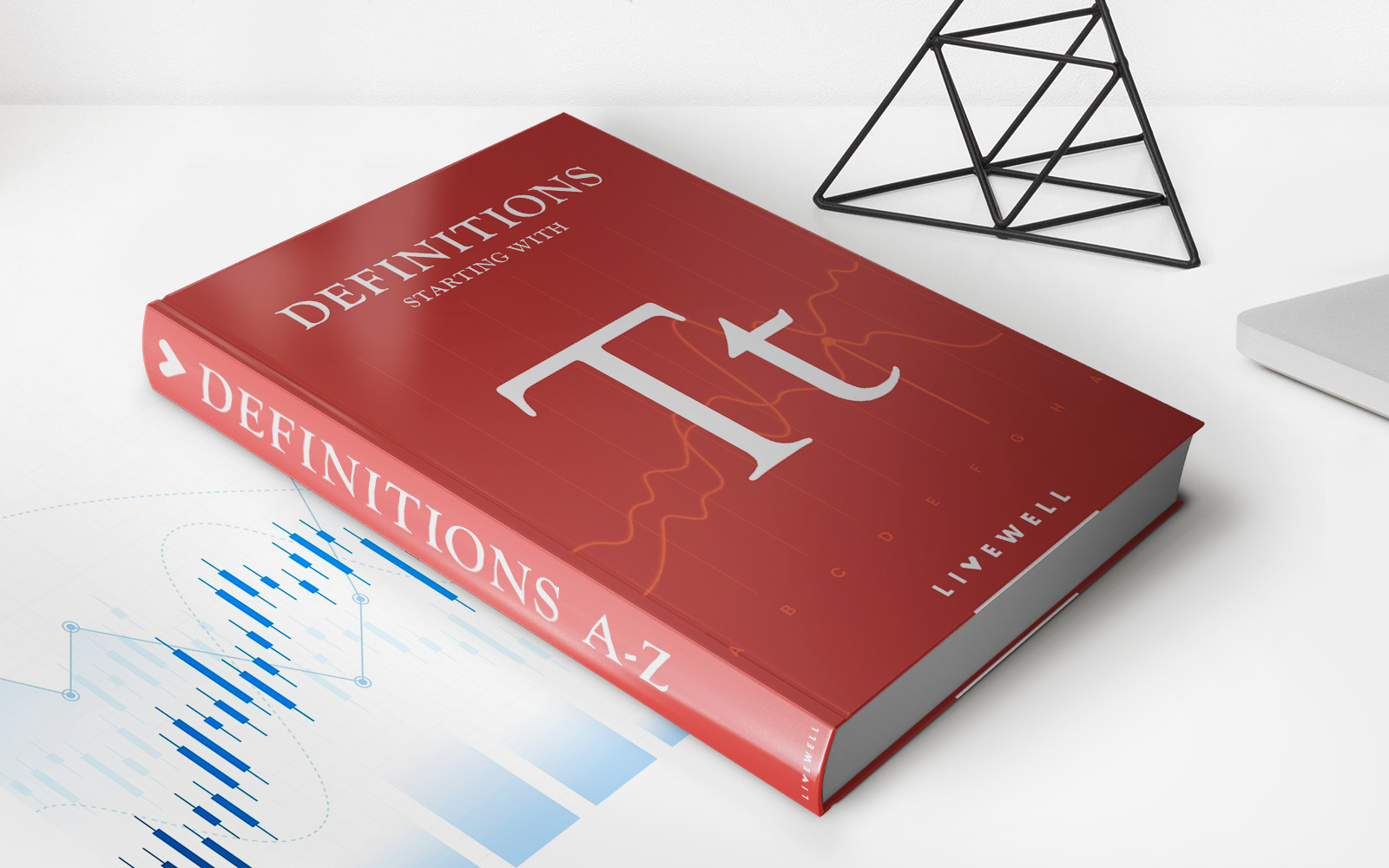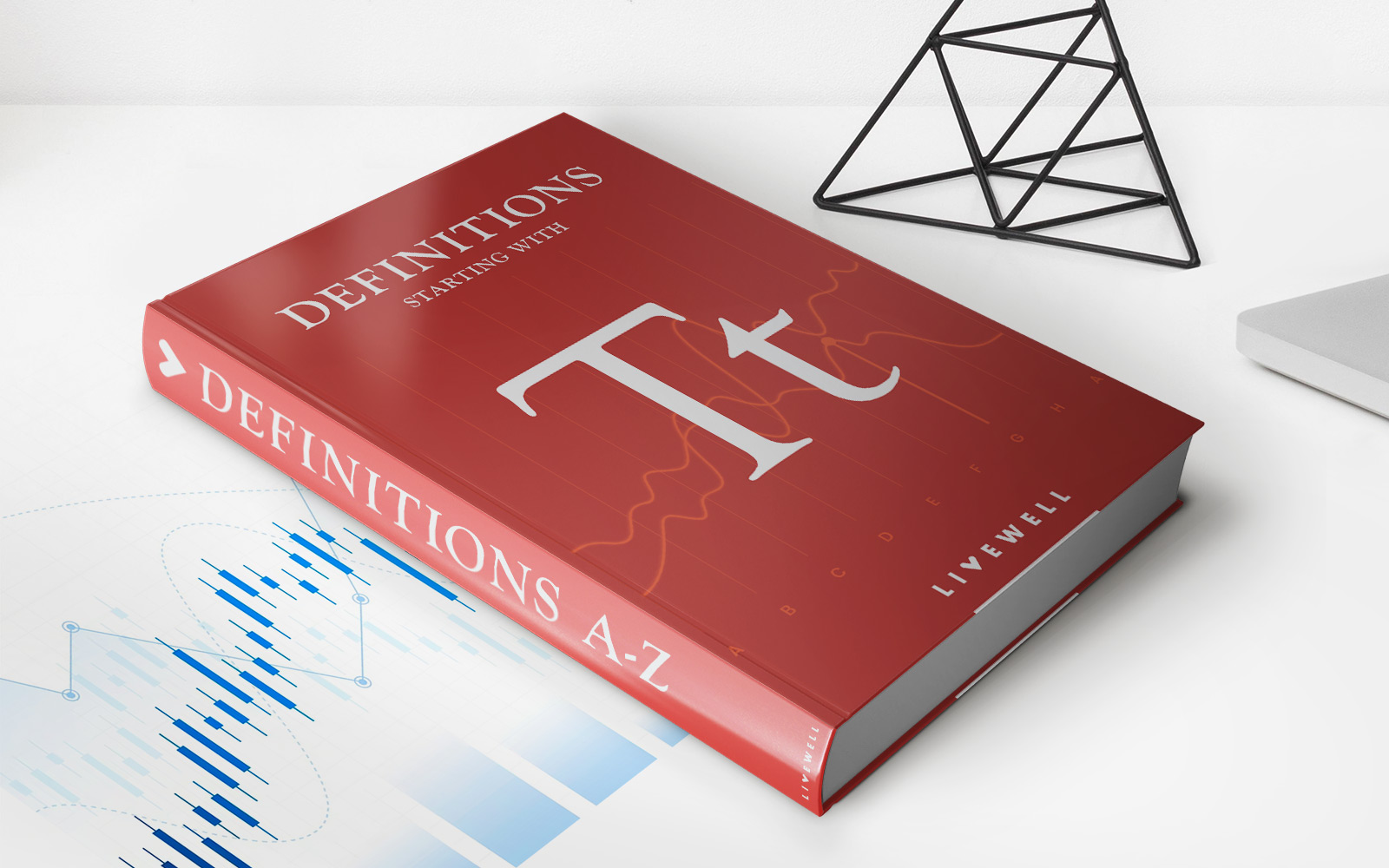

Finance
Trading Curb Definition
Published: February 10, 2024
Discover the meaning and importance of trading curb in the world of finance. Enhance your knowledge on trading restrictions and price limits to make better investment decisions.
(Many of the links in this article redirect to a specific reviewed product. Your purchase of these products through affiliate links helps to generate commission for LiveWell, at no extra cost. Learn more)
Understanding the Trading Curb: A Powerful Tool for Managing Market Volatility
When it comes to navigating the unpredictable world of finance, having a clear understanding of key concepts and tools is essential. One such tool that every investor and trader should be familiar with is the trading curb. In this blog post, we will explore the trading curb definition, its importance, and how it can help you to manage market volatility effectively.
Key Takeaways:
- The trading curb is a mechanism implemented by stock exchanges to temporarily halt or limit trading activities during periods of extreme market volatility or drastic price movements.
- It is designed to create a cooling-off period and prevent panic selling or buying, giving investors and traders time to assess the situation rationally.
So, what exactly is a trading curb? Essentially, a trading curb is a circuit breaker that is triggered when the market experiences significant volatility. It is implemented by stock exchanges and acts as a temporary halt or limit on trading activities. The primary goal of a trading curb is to prevent panic selling or buying, which can exacerbate market volatility and result in major market disruptions.
The trading curb mechanism is typically activated when a predetermined percentage change in a broad market index, such as the S&P 500, occurs within a specified time frame. The specific rules of the trading curb may vary depending on the exchange, but they aim to provide a predefined level of stability and prevent extreme price fluctuations.
When triggered, the trading curb temporarily stops trading activities for a predetermined amount of time, usually 15 minutes. This gives investors and traders the chance to reassess the situation, process new information, and make more informed decisions. By providing a cooling-off period, the trading curb helps to restore calm and rationality to the market.
The trading curb also serves as a useful tool for market participants to gauge the severity of market movements. For example, if a trading curb is triggered multiple times within a short period, it indicates that market volatility is significantly high. This information can be valuable in formulating a trading strategy or making investment decisions.
It is important to note that while the trading curb can be helpful in managing extreme market volatility, it is not a foolproof solution. Market conditions can change rapidly, and unexpected events can still occur. It is crucial for investors and traders to stay informed, have a well-defined risk management strategy, and continuously monitor the markets.
In conclusion, the trading curb is a powerful tool for managing market volatility. By temporarily halting or limiting trading activities during periods of extreme price movements, it helps to prevent panic selling or buying and provides an opportunity for rational assessment. As an investor or trader, understanding the trading curb and how it works can greatly enhance your ability to navigate volatile market conditions.














